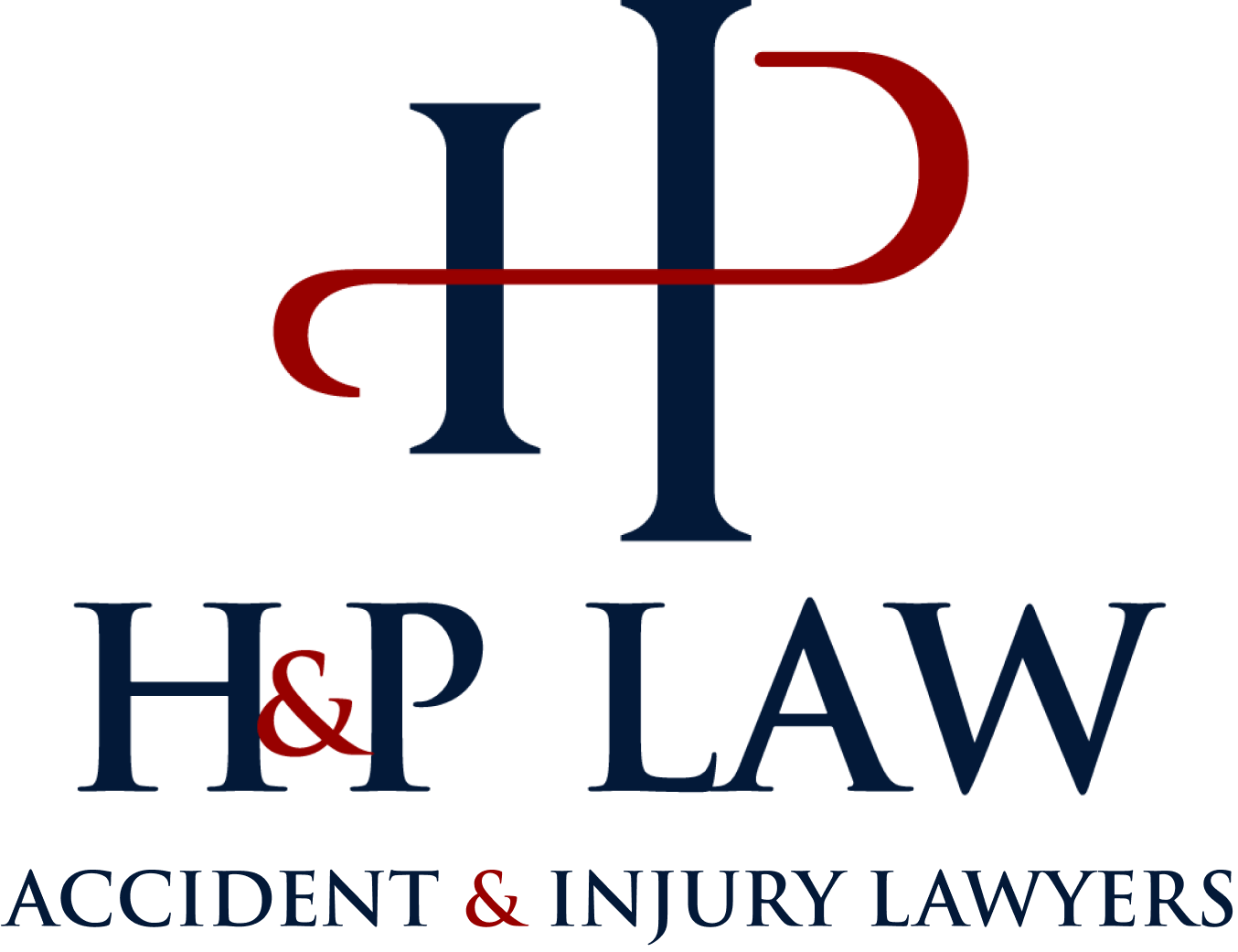
Nevada law enforcement had to close several roads in Las Vegas in December 2022 because of severe thunderstorms that dropped significant rainfall in the vicinity, according to the Las Vegas Review Journal. Across the nation, severe weather caused serious road hazards during the end of 2022. Heavy rain and flooding can increase the risk of getting into a car accident, particularly if the vehicle hydroplanes. Below is a brief discussion on hydroplaning and how to avoid this scary driving situation. Hopefully, the discussion below will help you navigate safely on wet roadways to keep you, your loved ones, and other drivers safe.
Hydroplaning: What is it?
Hydroplaning, according to the Nevada Department of Motor Vehicles (NDMV), happens when the water on a roadway is deeper than the tread on a vehicle’s tires. The result is that tires lose direct contact with the road and can cause a driver to lose control of the car. Losing control of the car while driving can be incredibly frightening and significantly reduces the driver’s ability to safely brake and steer the vehicle.
This phenomenon can happen in several different ways. The most common hydroplanes occur because of poor tire tread, speeding, and deep water on the road.
- Poor tire tread: Tires and their maintenance play a critical role in traffic safety. Tires that are worn will have difficulty maintaining smooth contact with the road, increasing the chance of hydroplaning. Regularly check the tire tread and tire pressure, and follow rotation and alignment schedules;
- Deep water: Even when your tire comes into contact with just a small amount of water, hydroplaning can occur. The more water on the road, the higher the risk of hydroplaning. If you are on the road during a Las Vegas rainstorm, be extra cautious;
- Speeding: It is simple physics; the higher your speed, the higher the risk of losing control of your vehicle, especially on a wet roadway. The reason is that traction between the tires and the road is reduced even faster when you are speeding on a wet surface.
Hydroplaning: How to Avoid it
With a basic knowledge of the common factors that contribute to hydroplaning, you may be able to do your best to avoid this situation. That being said, not all hydroplaning accidents can be avoided. There are ways, however, to lessen your risk, such as:
- Avoiding water: The easiest (and likely most obvious) way to avoid hydroplaning is to stay away from roads covered by water. If you can avoid driving while it is raining and refuse to drive through flooded streets, your risk of a hydroplaning accident is lessened significantly;
- Do not speed: Speeding increases the risk of losing control of the car, particularly if you are driving on a wet road. Almost one-third of all traffic-related deaths in Nevada are due to speeding. When the roads are wet, slow down.
- Maintain your tires: Because tire tread gives your wheels a grip on the pavement, particularly when it is raining, it is critical to regularly check the tread. You can do this by visually inspecting your tires each month, doing a tread test, getting tires with built-in tread wear indicators, and doing other tasks, according to US Tires.
Our Attorneys Can Help
Even an extremely cautious driver can get caught in a hydroplaning vehicle. If you are hurt while navigating the roads in Las Vegas or the greater Nevada area, contact the attorneys at H&P Law. our skilled and experienced personal injury attorneys will work aggressively to protect your rights and seek the best compensation available to you.




